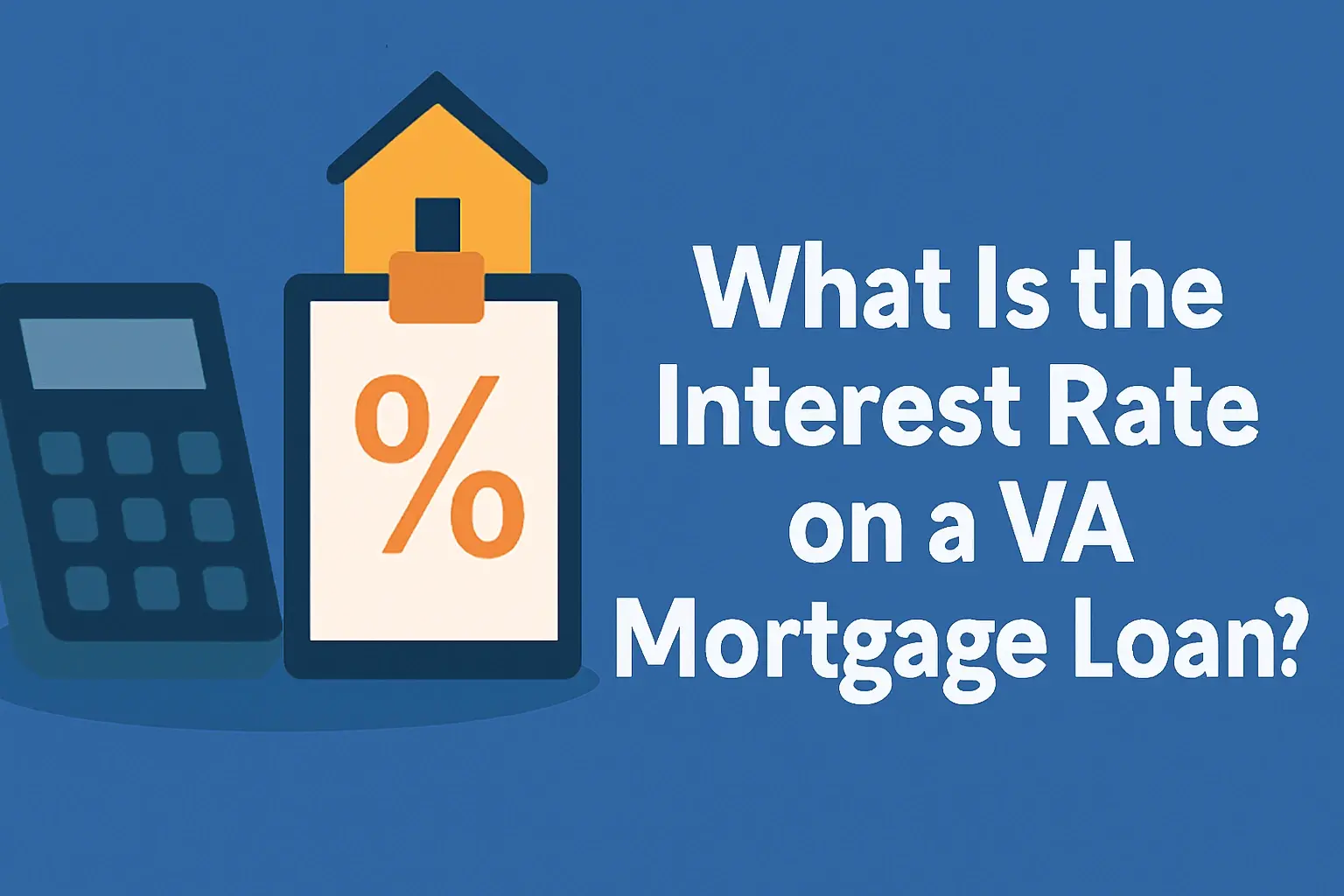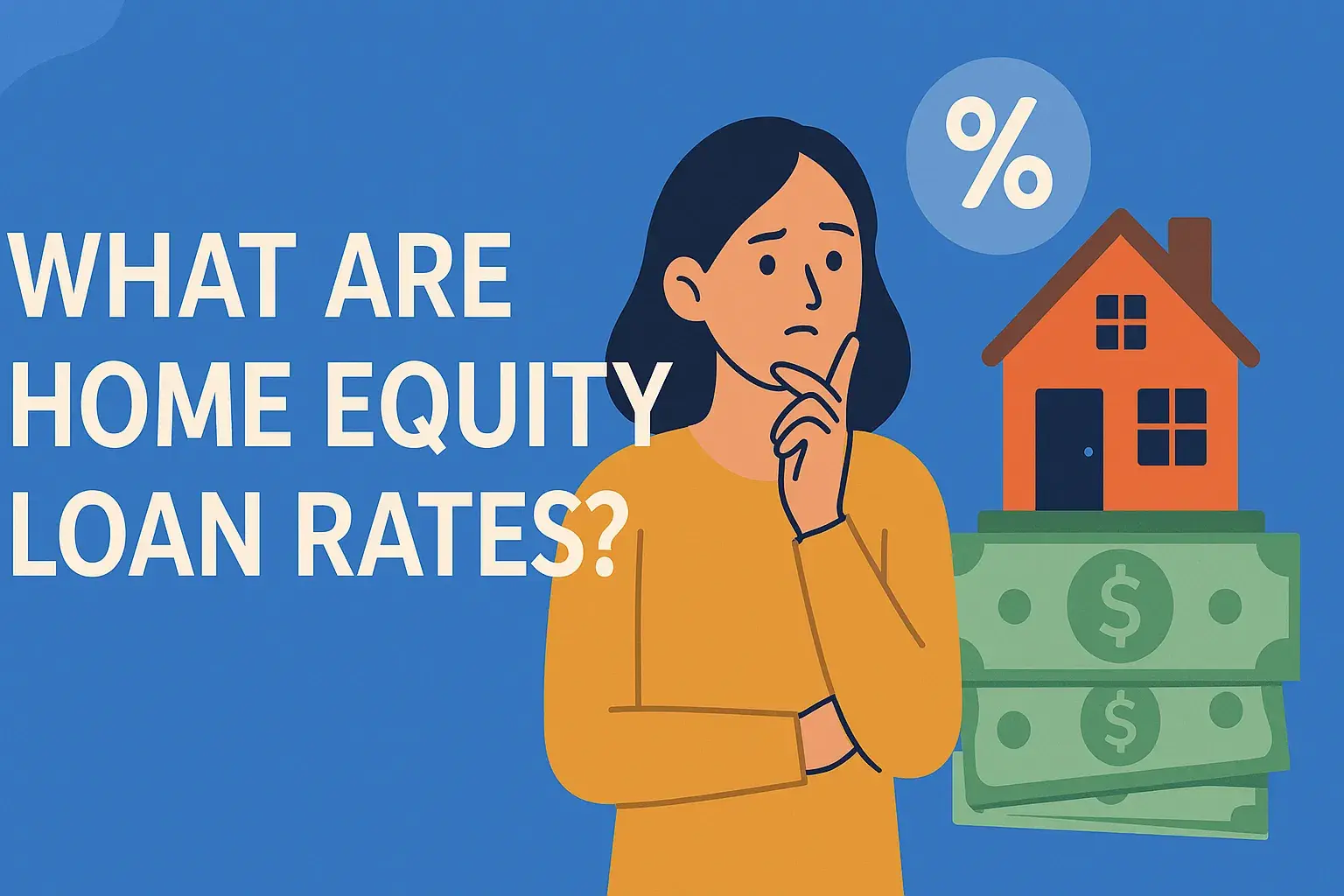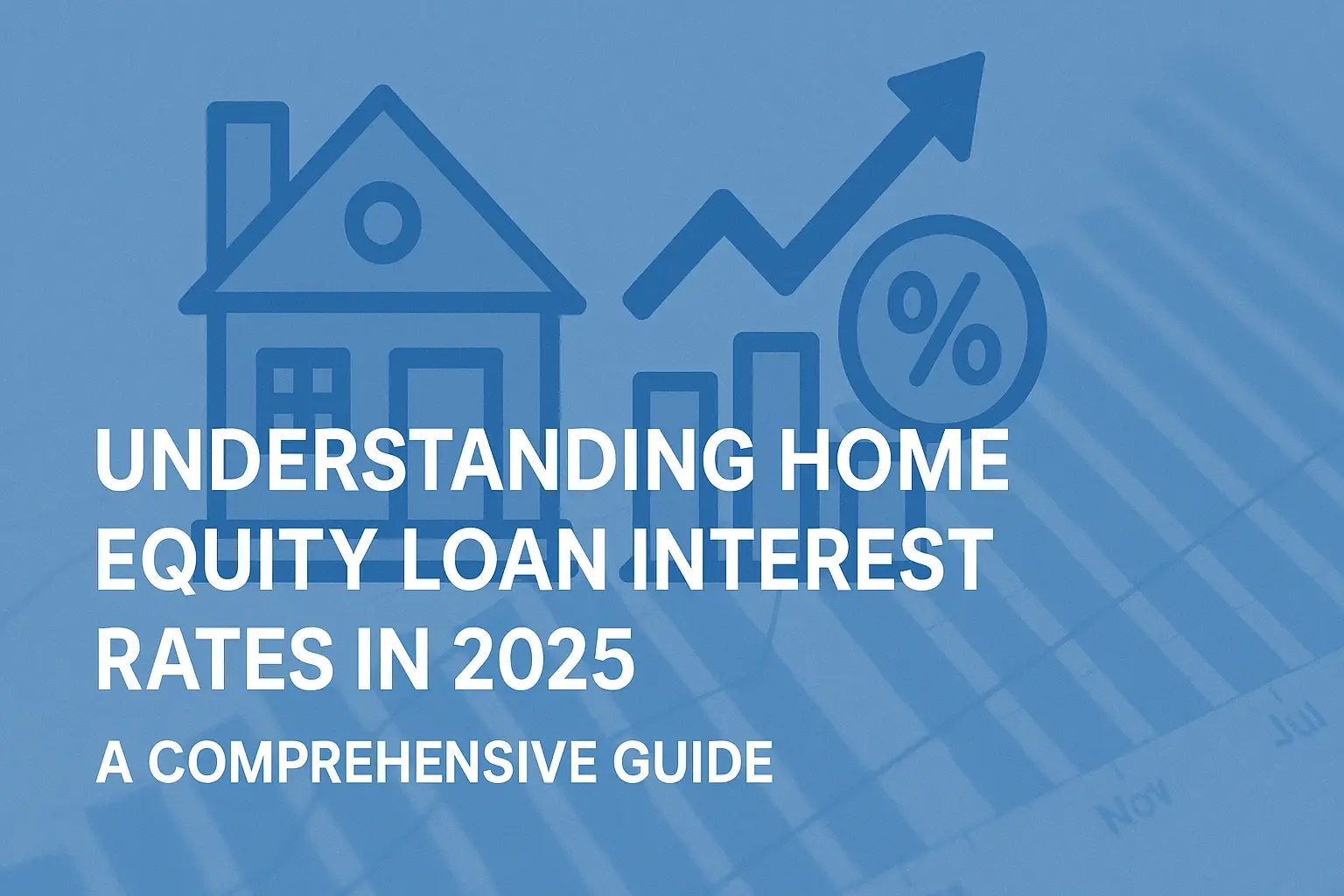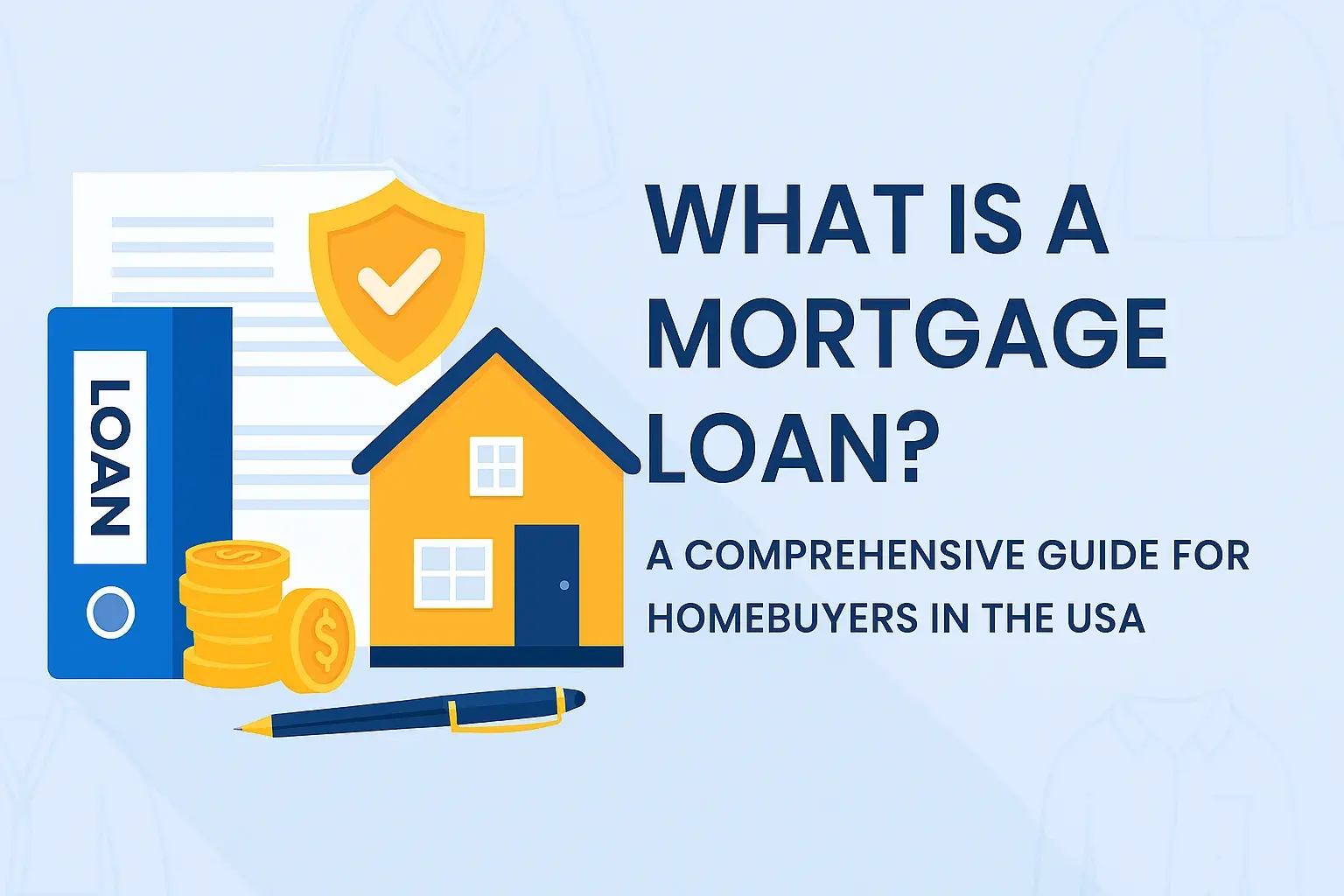-
Posted on: 23 Aug 2024
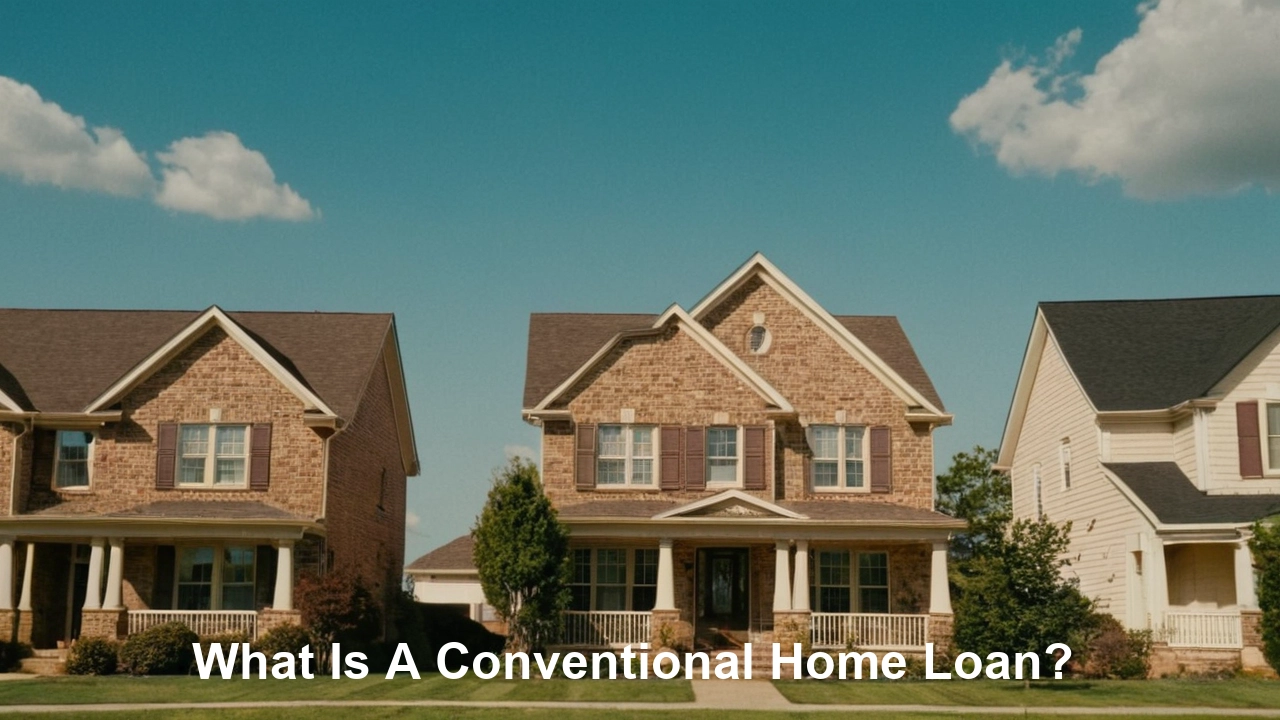
-
Buying a home is a significant milestone for most people, and understanding the different types of mortgages available is crucial. Among the various options, the conventional home loan stands out as one of the most popular. This comprehensive guide will delve into the intricacies of conventional loans, covering eligibility requirements, down payment options, interest rates, loan limits, and everything else you need to know to make an informed decision.
Understanding Conventional Home Loans
A conventional home loan is a mortgage that is not insured or guaranteed by the federal government. This means it's not backed by agencies like the Federal Housing Administration (FHA), the Department of Veterans Affairs (VA), or the United States Department of Agriculture (USDA). Instead, these loans are offered by private lenders, such as banks, credit unions, and mortgage companies. Because the lender bears the full risk of the loan, conventional loans typically have stricter requirements compared to government-backed options.
Key Characteristics of Conventional Loans
- No Government Guarantee: The primary differentiator is the lack of government backing.
- Private Lenders: Offered by banks, credit unions, and mortgage companies.
- Credit Score Requirements: Generally require a higher credit score than FHA loans.
- Down Payment: Typically requires a down payment, often ranging from 3% to 20%.
- Private Mortgage Insurance (PMI): Usually required if the down payment is less than 20%.
Types of Conventional Home Loans
Conventional loans come in different forms to suit various borrower needs. The two primary types are conforming and non-conforming loans.
Conforming Loans
Conforming loans meet the standards set by Fannie Mae and Freddie Mac, government-sponsored enterprises (GSEs) that buy mortgages from lenders and package them into mortgage-backed securities. These standards ensure that the loans are of high quality and can be easily sold on the secondary market.
Loan Limits
A key characteristic of conforming loans is that they adhere to specific loan limits set annually by the Federal Housing Finance Agency (FHFA). These limits vary based on the location and the number of units in the property. For example, in 2024, the conforming loan limit for a single-family home in most areas of the United States is typically around $726,200. It's important to check the current loan limits for your specific area, as high-cost areas may have higher limits.
Advantages of Conforming Loans
- Lower Interest Rates: Generally offer lower interest rates compared to non-conforming loans due to their lower risk profile for lenders.
- Wider Availability: Easier to find and qualify for since they are widely available.
- More Flexibility: Offer various term lengths and loan types.
Non-Conforming Loans (Jumbo Loans)
Non-conforming loans, also known as jumbo loans, exceed the conforming loan limits set by Fannie Mae and Freddie Mac. These loans are typically used for purchasing higher-priced homes.
Higher Credit Score and Down Payment Requirements
Jumbo loans typically require a higher credit score and a larger down payment than conforming loans. This is because lenders face greater risk when lending larger amounts of money.
Higher Interest Rates
Due to the increased risk, jumbo loans often come with higher interest rates compared to conforming loans.
Conventional Loan Requirements
Qualifying for a conventional loan involves meeting specific criteria related to credit score, debt-to-income ratio, down payment, and income verification.
Credit Score
A good credit score is crucial for securing a conventional loan. Lenders generally prefer borrowers with a credit score of 620 or higher. However, the higher your credit score, the better the interest rate you're likely to receive. A score of 740 or higher can often qualify you for the best rates.
Debt-to-Income (DTI) Ratio
The debt-to-income (DTI) ratio is the percentage of your gross monthly income that goes toward paying your monthly debts. Lenders use this ratio to assess your ability to repay the loan. Generally, lenders prefer a DTI ratio of 43% or less. However, some lenders may accept higher DTI ratios depending on other factors like credit score and down payment.
Calculate your DTI by adding up all your monthly debt payments (including credit card bills, student loans, car loans, and the proposed mortgage payment) and dividing that total by your gross monthly income (before taxes and deductions). For example, if your total monthly debt payments are $2,000 and your gross monthly income is $6,000, your DTI is 33.3% ($2,000 / $6,000 = 0.333).
Down Payment
The down payment is the amount of money you pay upfront when purchasing a home. While some conventional loan programs allow for down payments as low as 3%, a larger down payment (20% or more) can help you avoid paying private mortgage insurance (PMI) and may also qualify you for a lower interest rate.
Saving for a Down Payment
Saving for a down payment can be challenging, but there are several strategies you can employ:
- Create a Budget: Track your income and expenses to identify areas where you can cut back and save more.
- Set Savings Goals: Determine how much you need to save each month to reach your down payment goal within a specific timeframe.
- Automate Savings: Set up automatic transfers from your checking account to a savings account each month.
- Explore Down Payment Assistance Programs: Many states and local communities offer down payment assistance programs for first-time homebuyers or low-to-moderate-income individuals.
- Consider a Gift from Family: Lenders may allow you to use gift funds from family members to cover your down payment, but documentation is typically required.
Income and Employment Verification
Lenders will require documentation to verify your income and employment history. This typically includes:
- Pay Stubs: Recent pay stubs (usually covering the past 30 days).
- W-2 Forms: W-2 forms from the past two years.
- Tax Returns: Federal tax returns from the past two years.
- Bank Statements: Bank statements to verify assets and savings.
- Self-Employment Documentation: If you are self-employed, you may need to provide additional documentation, such as profit and loss statements and Schedule C forms.
Private Mortgage Insurance (PMI)
Private Mortgage Insurance (PMI) is typically required on conventional loans when the down payment is less than 20% of the home's purchase price. PMI protects the lender if the borrower defaults on the loan.
How PMI Works
PMI is an additional monthly expense added to your mortgage payment. The cost of PMI varies depending on factors such as your credit score, down payment amount, and loan type. PMI typically ranges from 0.5% to 1% of the loan amount per year.
Removing PMI
Once you've built up enough equity in your home (typically 20% or more), you can request to have PMI removed from your mortgage payment. This usually requires a written request to your lender and may involve an appraisal to verify the current value of your home. You can also have PMI automatically removed once your loan-to-value (LTV) ratio reaches 78%, based on the original amortization schedule.
Fixed-Rate vs. Adjustable-Rate Mortgages (ARMs)
Conventional loans can be either fixed-rate or adjustable-rate mortgages.
Fixed-Rate Mortgages
A fixed-rate mortgage has an interest rate that remains constant throughout the loan term, providing predictability and stability in your monthly payments. Common fixed-rate terms include 15-year, 20-year, and 30-year loans.
Advantages of Fixed-Rate Mortgages
- Predictable Payments: Consistent monthly payments make budgeting easier.
- Protection from Interest Rate Increases: Your interest rate will not increase, even if market rates rise.
Adjustable-Rate Mortgages (ARMs)
An adjustable-rate mortgage (ARM) has an interest rate that can fluctuate over time based on market conditions. ARMs typically have a lower initial interest rate compared to fixed-rate mortgages, but the rate can increase after the initial fixed-rate period.
Advantages of Adjustable-Rate Mortgages
- Lower Initial Interest Rate: Can result in lower monthly payments during the initial fixed-rate period.
- Potential for Lower Payments: If interest rates decrease, your monthly payments may decrease.
Risks of Adjustable-Rate Mortgages
- Payment Increases: Your monthly payments can increase significantly if interest rates rise.
- Uncertainty: Difficult to predict future payments due to fluctuating interest rates.
Finding the Best Conventional Loan Rates
Shopping around and comparing offers from multiple lenders is essential to find the best conventional loan rates. Consider the following:
- Compare Interest Rates: Obtain quotes from several lenders and compare their interest rates and fees.
- Consider Loan Terms: Evaluate different loan terms (e.g., 15-year, 30-year) and their impact on your monthly payments and total interest paid.
- Review Loan Estimates: Carefully review the loan estimates provided by each lender to understand all the costs involved, including origination fees, appraisal fees, and closing costs.
- Negotiate: Don't be afraid to negotiate with lenders to try to get a better rate or lower fees.
- Work with a Mortgage Broker: A mortgage broker can help you compare offers from multiple lenders and find the best loan for your specific situation.
The Conventional Loan Process
The conventional loan process typically involves the following steps:
- Pre-Approval: Get pre-approved for a mortgage to determine how much you can borrow.
- Find a Home: Work with a real estate agent to find a home that meets your needs and budget.
- Make an Offer: Submit an offer to the seller of the home.
- Loan Application: Complete a formal loan application with your chosen lender.
- Underwriting: The lender will review your financial information and assess your creditworthiness.
- Appraisal: An appraiser will assess the value of the home to ensure it meets the lender's requirements.
- Closing: If everything is approved, you will sign the final loan documents and receive the keys to your new home.




